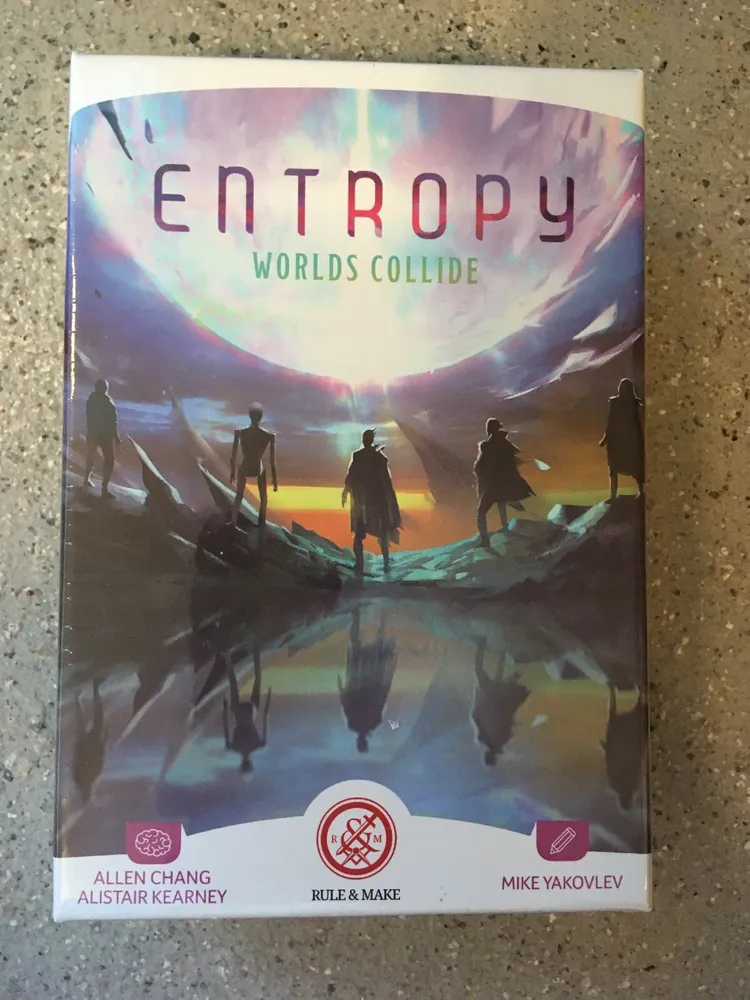Hyle (1979)
Entropy
Entropy is an abstract strategy board game for two players designed by Eric Solomon in 1977. The game is “based on the eternal conflict in the universe between order and chaos […] One player is Order, the other Chaos. Order is trying to make patterns vertically and horizontally. Chaos is trying to prevent this.” The game originally employed a 5×5 gameboard, but in 2000 a 7×7 board was introduced to allow deeper strategies. Entropy was awarded a rare 6 out of 6 by Games & Puzzles Magazine in 1981. David Pritchard called the game “a modern classic”. It is sold commercially under the names Hyle (a 5×5 board) and Hyle7 (a 7×7 board).
Why is Entropy Popular?
Entropy is a popular game because it is a classic abstract strategy game that is easy to learn but difficult to master. It has been praised for its simplicity, elegance, and depth of strategy. The game has also been used in psychology research as a tool for studying decision-making and reasoning.
Game Components of Hyle
How To Setup Hyle
To set up Hyle, place the 5×5 (or 7×7 for Hyle 7) grid board in the middle of the playing area. Each player chooses a role: one as Chaos and the other as Order. The colored wooden disks are placed in a bag for Chaos to draw from.
Gameplay Mechanics and Game Objective
Player Experience
Playing Hyle is a strategic and tactical experience. As Order, you need to think ahead and manipulate the disks to form palindromes, while as Chaos, you aim to disrupt Order’s plans by placing disks in challenging positions. The game requires careful planning and quick thinking, especially as the board fills up and options become more limited.
Pros
Cons
Personal Thoughts on Hyle
Hyle is ideal for fans of abstract strategy games who enjoy pattern recognition and tactical gameplay. It is suitable for players aged 10 and up, making it a great option for families or casual gaming groups. The game’s short playtime of about 45 minutes ensures it can be easily fit into a busy schedule. For those who enjoy challenging and mentally stimulating games, Hyle is a gem that offers a unique and engaging experience.
We are supported by our audience. When you purchase through links on our site, we may earn an affiliate commission, at no extra cost for you. Learn more.

